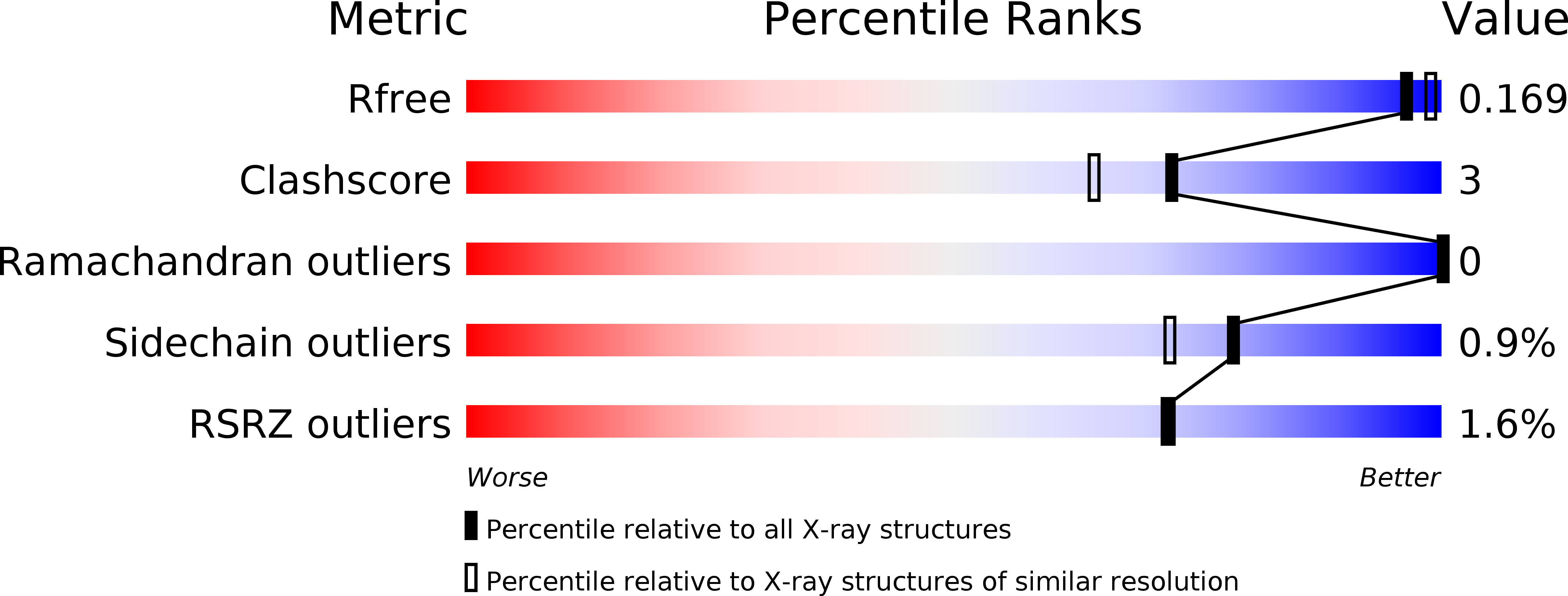
Deposition Date
2013-11-05
Release Date
2014-04-09
Last Version Date
2024-10-30
Entry Detail
PDB ID:
3WL1
Keywords:
Title:
Crystal structure of Ostrinia furnacalis Group I chitinase catalytic domain in complex with reaction products (GlcNAc)2,3
Biological Source:
Source Organism:
Ostrinia furnacalis (Taxon ID: 93504)
Host Organism:
Method Details:
Experimental Method:
Resolution:
1.77 Å
R-Value Free:
0.16
R-Value Work:
0.14
R-Value Observed:
0.14
Space Group:
P 65


